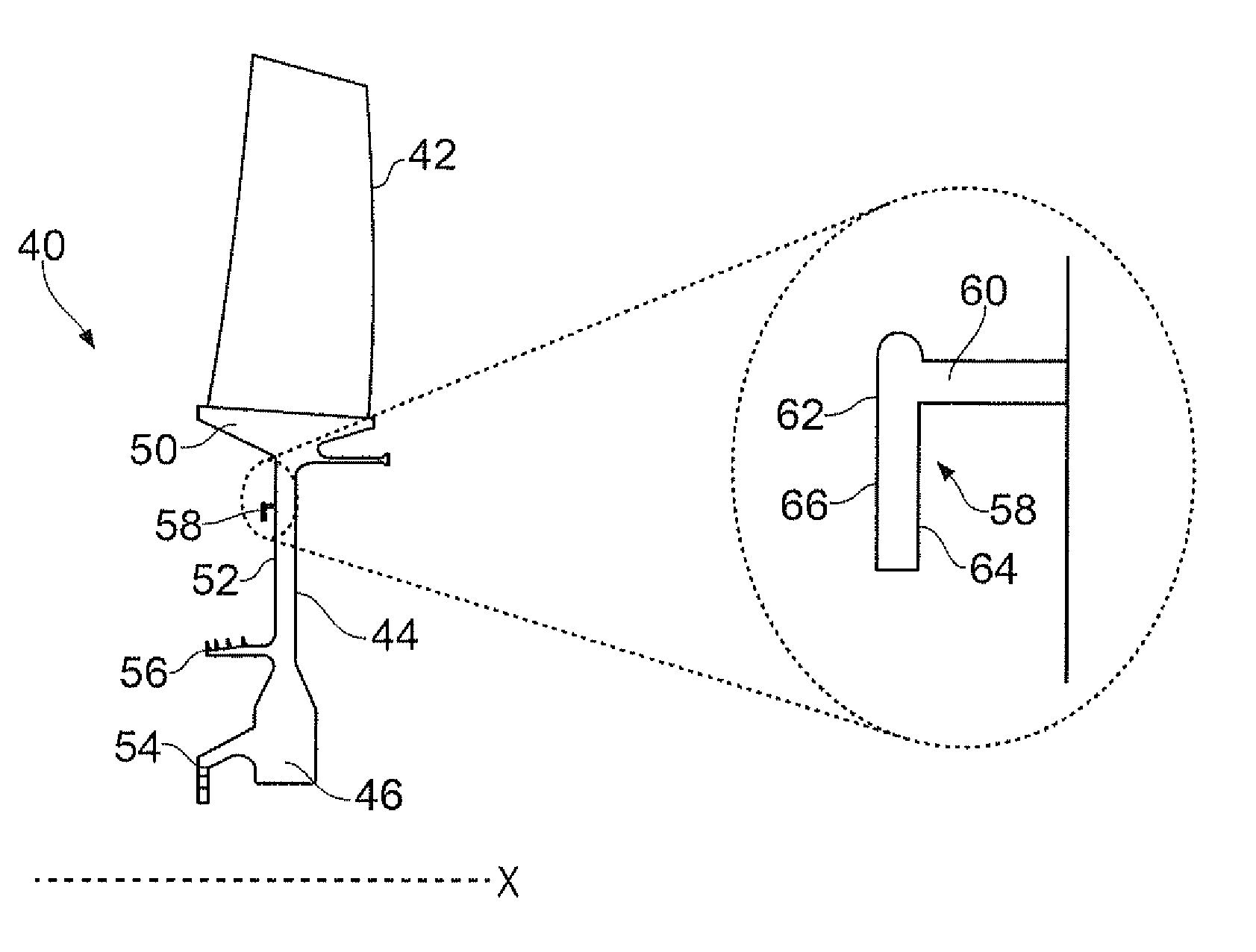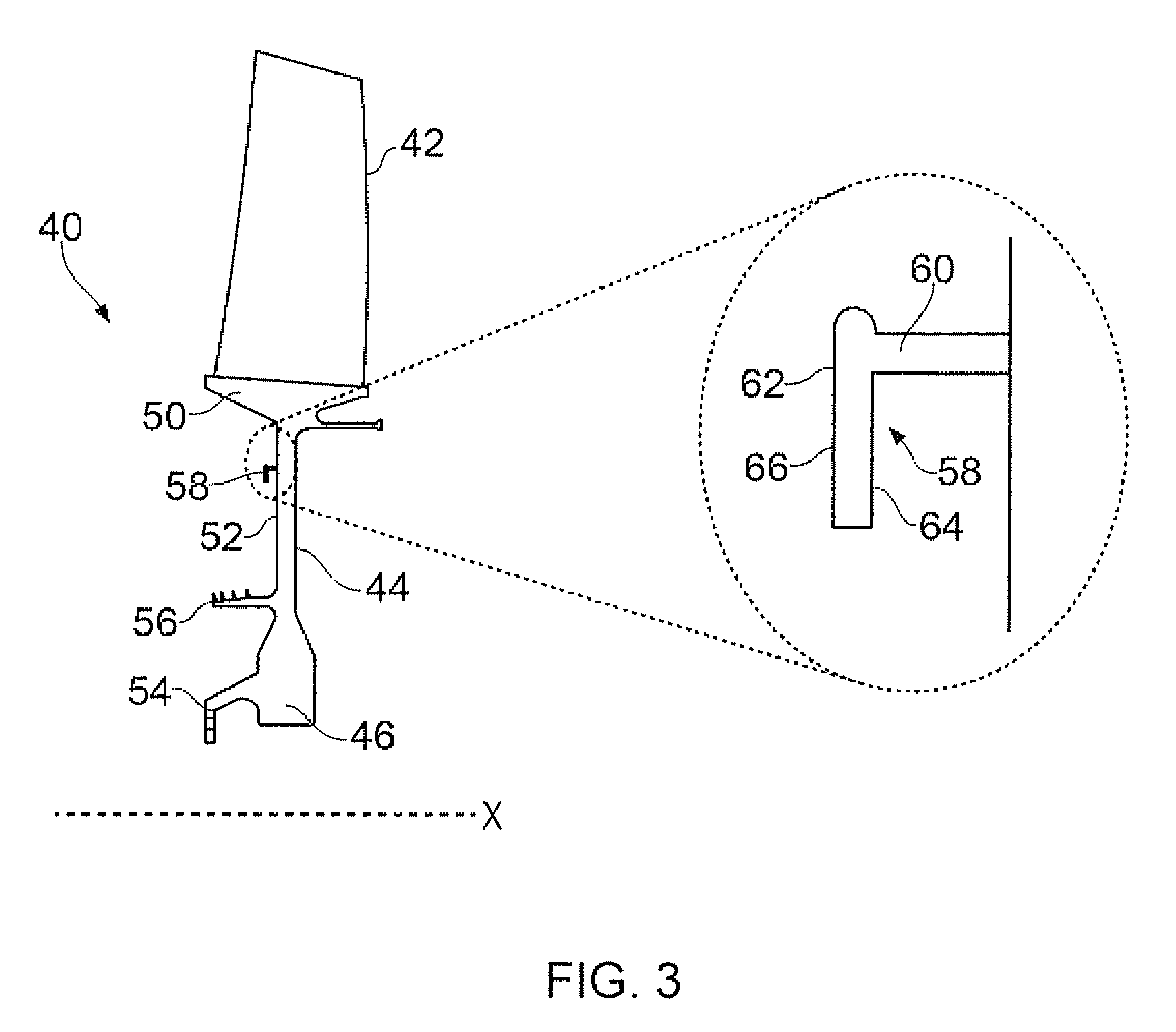Rotor balancing method
a rotor and rotor technology, applied in the direction of machines/engines, liquid fuel engines, instruments, etc., can solve the problems of increasing the rotor may then be subject to vibration, and the overall weight of the disc may increase, so as to reduce the computational complexity of the method, reduce the amount of time required, and reduce the cost of the computer
- Summary
- Abstract
- Description
- Claims
- Application Information
AI Technical Summary
Benefits of technology
Problems solved by technology
Method used
Image
Examples
Embodiment Construction
[0040]A gas turbine engine 10 is shown in FIG. 1 and comprises an air intake 12 and a propulsive fan 14 that generates two airflows A and B. The gas turbine engine 10 comprises, in axial flow A, an intermediate pressure compressor 16, a high pressure compressor 18, a combustor 20, a high pressure turbine 22, an intermediate pressure turbine 24, a low pressure turbine 26 and an exhaust nozzle 28. A nacelle 30 surrounds the gas turbine engine 10 and defines, in axial flow B, a bypass duct 32.
[0041]FIG. 3 shows a rotor 40 of the gas turbine engine 10. In this example, the rotor 40 is an integrally formed intermediate compressor blisk 40, also known as a “bladed disk”. However, the invention is also applicable to rotors in other parts of the engine, such as the high pressure compressor disc 18 and turbine rotors 20, 22, 24, as well as other types of gas turbine rotors such as conventional rotors to which separately formed blades are attached, and rotors for other types of machinery.
[004...
PUM
 Login to View More
Login to View More Abstract
Description
Claims
Application Information
 Login to View More
Login to View More - R&D
- Intellectual Property
- Life Sciences
- Materials
- Tech Scout
- Unparalleled Data Quality
- Higher Quality Content
- 60% Fewer Hallucinations
Browse by: Latest US Patents, China's latest patents, Technical Efficacy Thesaurus, Application Domain, Technology Topic, Popular Technical Reports.
© 2025 PatSnap. All rights reserved.Legal|Privacy policy|Modern Slavery Act Transparency Statement|Sitemap|About US| Contact US: help@patsnap.com



